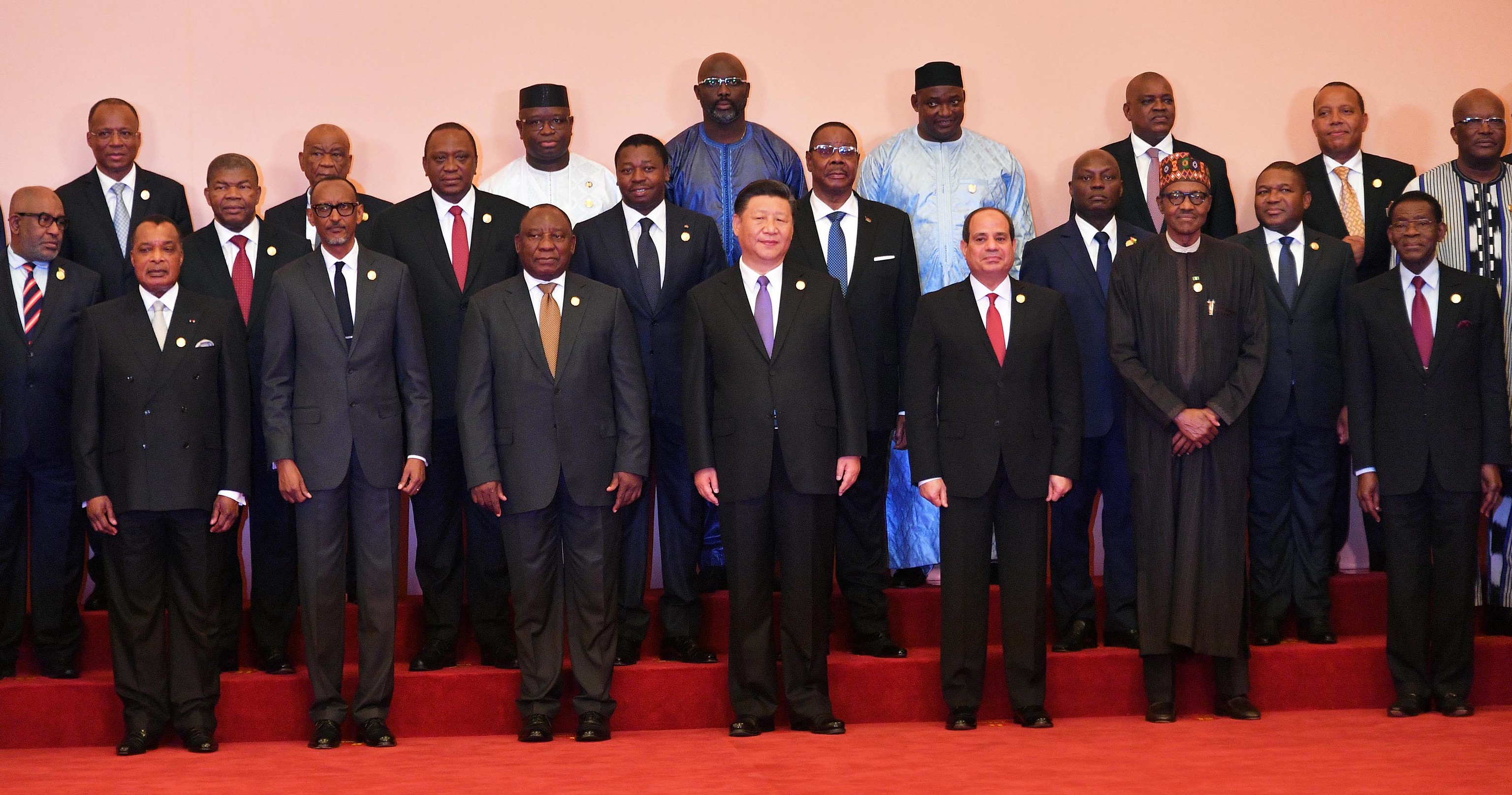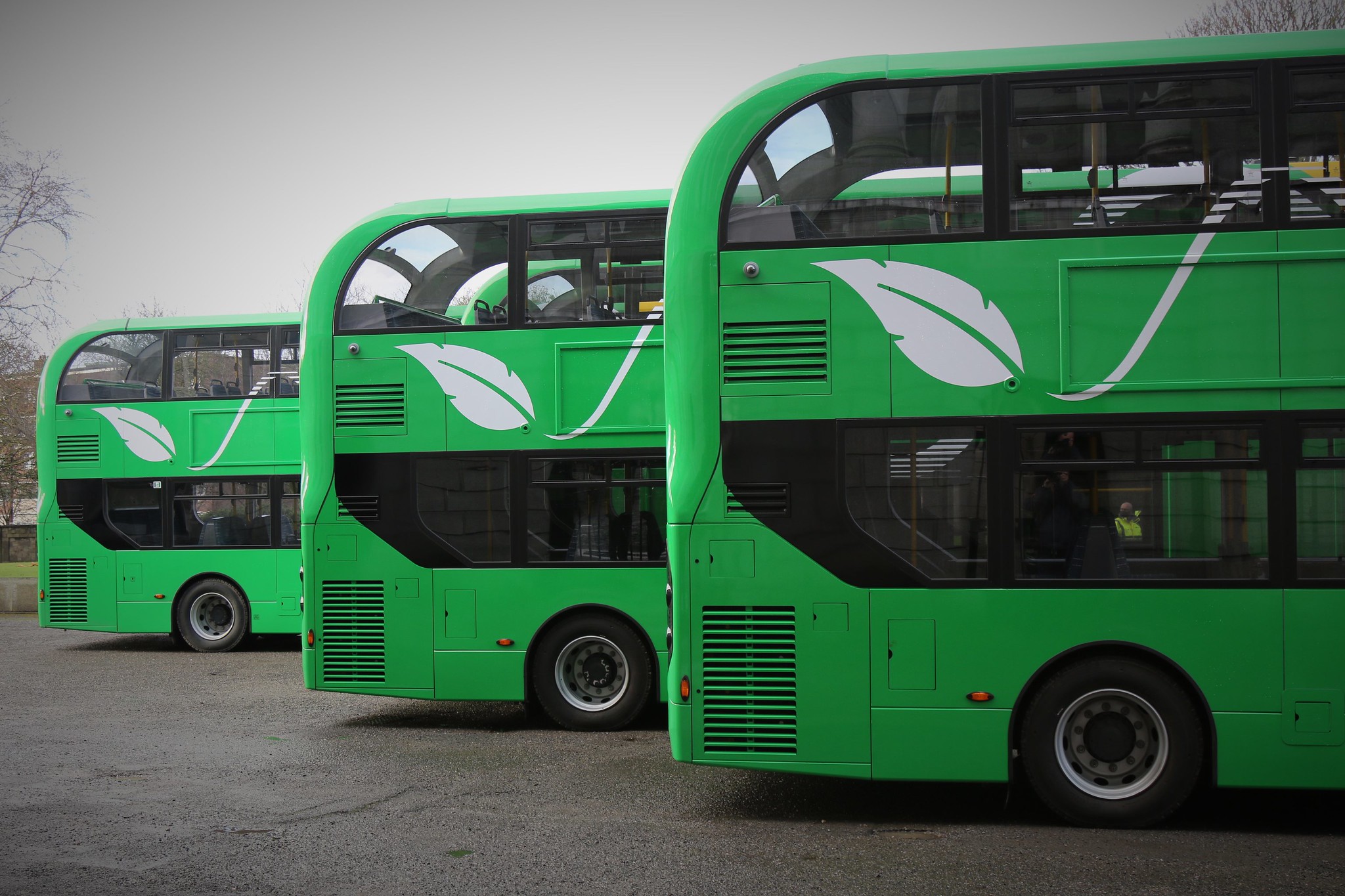Using innovative finance and building on long-term partnerships, China is helping to drive Africa’s green energy transition, writes Shirley Yu.
In Ghana, there is a floating solar farm that harnesses the energy from the sun using both the light that hits it directly and is reflected back off the water. This innovative farm is just one example of China’s renewable energy investments in Africa.
Harnessing energy from solar or wind is no longer ‘high-tech’. It requires neither sophisticated chips nor AI models. Renewables are increasingly becoming everyday technology. But Africa’s energy paradox remains acute. Africa is abundantly endowed with energy potential, yet its potential remains under-harnessed. Despite being home to 60 per cent of the world’s best locations to utilise solar, Africa generates only 1 per cent of the world’s solar energy. Equally, the Global Wind Council estimated that Africa is only tapping into 0.01 per cent of its potential 59,000 gigawatts of wind power.

Africa needs a renewable energy revolution. Nearly 600 million people in Sub-Saharan Africa remain power deprived. This transformation will require some of the traditional industrial attributes: rigorous infrastructure development, long-term capital commitment, secure supply chains, and talent training to secure the continued operation of projects.
China has been the single largest renewable energy investor in Africa since the beginning of the 21st century. It invests prominently in hydropower across Sub-Saharan Africa, increasingly in solar in West and Southern Africa, wind in North Africa, and in burgeoning geothermal power in East Africa.
China’s partnership in Africa’s energy revolution is hard to understate, but even harder to understand. What is behind China’s success in partnering on energy projects that other potential partners have been unable to replicate?
Renewable energy with Chinese characteristics
China combines its infrastructure development expertise with its state financing capacity in a whole-of-government approach to infrastructure building. Almost all the hydropower projects China has helped develop in Africa, from Uganda to Zambia, are backed by China’s state policy banks, most notably EXIM Bank.
Innovative financing solutions are often adopted in these capital-intensive hydroelectric projects, including the use of equipment grants and export buyers’ credits. For example, during the development of the Bui Dam in Ghana, proceeds from cocoa bean exports to China were used as collateral for the loan until the project’s completion. For some of the world’s most credit-limiting countries, innovation in financing is often a prerequisite for any development project. Both countries have benefited from the project’s success and an export credit manifests substantial goodwill from both countries, based on a consensus of electricity’s fundamental value to industrialisation and economic growth. If the project were left to a commercial financier, its success would have been significantly less likely.
Africa needs £1.5 trillion of new power infrastructure by 2030. To ensure Africa’s sustainable economic rise, innovation must occur, first and foremost, in financing.
Despite supply chain security becoming a prevalent economic consideration across the world, Africa’s renewable energy supply chain has been and will continue to rely heavily on Chinese imports. China holds a dominant position in global solar and wind supply chains. According to CSIS research, China controls 53 per cent of the raw materials, 89 per cent of the components, and 70 per cent of the assembly capacity in the global solar value chain. In wind energy, China holds 54 per cent of the raw materials, 56 per cent of the components, and 58 per cent of the assembly capacity (see below). In electric vehicles, China, again, is the world’s largest producer and exporter.
Africa is forecast to house 40 per cent of the world’s population by the end of the century. If it is to require 40 per cent of the world’s renewable energy capacity by that time, it faces a huge challenge. Chinese exports of solar and wind products will continue to flow to Africa until a major technological breakthrough deems current solar and wind technologies obsolete. For Africa, de-risking Chinese renewable supply chains on a systemic scale is neither pragmatic nor realistic.
Post Covid, China’s desire to strategically upgrade renewable energy investments in Africa is prominently featured in its national agenda. Such desire is not motivated by altruism but by Chinese mercantilist thinking. Since China announced its Made In China 2025 strategy in 2015, high-end manufacturing (most prominently electric vehicles, electronics, and renewable energy components) has seen a massive surge of domestic production capacity, backed by government stimulus. The strategy has sharpened China’s manufacturing strength, accelerated its technological competency, and created excess production capacities. Exporting the large excess capacity to global markets is the logical economic outcome. Tapping into the huge African market potential, boosting Chinese exports, and building strong Chinese multinationals competitive on a global scale all fit into China’s long-term economic vision. And Africa, which desperately needs a renewable energy revolution, has proved a willing partner, despite geopolitics.
As China invests in Africa’s renewable energy, it has promoted employee training and local job creation, contrary to conventional thinking. Of the 6,314 cases of Chinese development initiatives in Africa tracked by AIDDATA between 2000-2017, 789 were related to education and technical training of the local workforce. At the 2021 FOCAC summit, China further promised to provide training and jobs to 800,000 Africans by 2024.
As Chinese industrial behemoths expand their renewable energy footprints in Africa, central to their strategic success is to create local jobs and enhance labour productivity. On-the-job training has been a standing commitment to ensure minimum disruptions to industrial facilities, increase operating efficiency, and enable the deployment of IT infrastructures.
But more than the corporate instincts, the Chinese government has accelerated technical training in Africa to an unprecedented scale.
The past few months have been a precursor of what’s to come. The first curated China-South Africa virtual climate change training course was initiated on 14 July, led by both countries’ ministries responsible for the environment.
China Power Construction Corporation commenced a special 10-day training program for Mali in March, centred on China’s solar energy supply chains, construction and maintenance, and solar-related technologies. Of similar training programs offered to various governments in the developing world, this was its 112th.
As Africa embraces its renewable revolution, China and Africa have found each other willing partners. China’s strength in infrastructure building, stable renewable supply chains, innovative financing solutions, and government-led renewable energy-related jobs training complements Africa’s enormous renewable energy potential and its equally large energy infrastructure and talent deficit. China has joined Africa’s renewable energy revolution. Despite the geopolitics, China is here to stay.
Photo credit: GPA Photo Archive used with permission CC BY-NC 2.0





